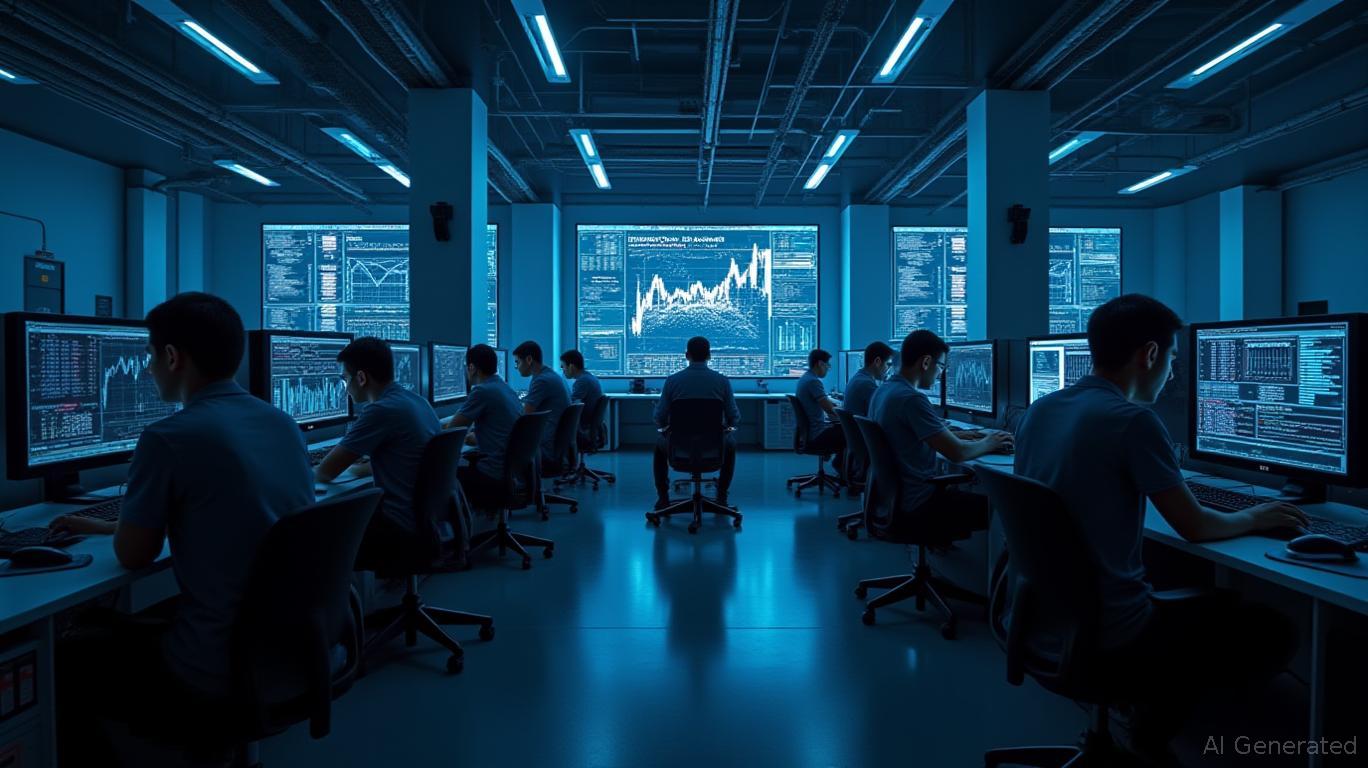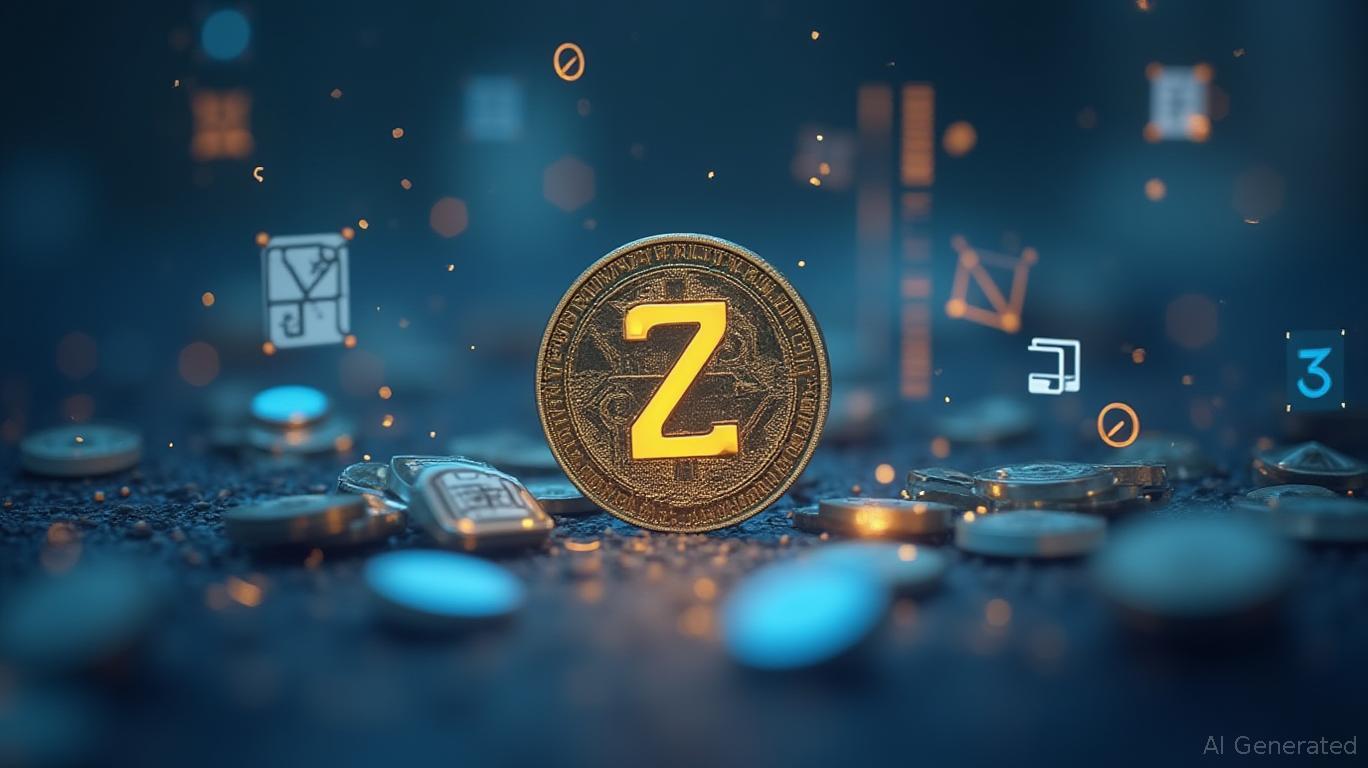AInvest Newsletter
Daily stocks & crypto headlines, free to your inbox
Bitcoin miners are increasingly turning to artificial intelligence (AI) as a means to diversify their revenue streams and mitigate the impact of the 2024
halving, which reduced rewards to 3.125 BTC. This shift is driven by the need to offset higher electricity costs, expensive equipment maintenance, and increased competition, all of which have made traditional mining less profitable. Many mining companies are now repurposing or upgrading their energy-dense data centers and power infrastructure to support AI training and inference workloads, leveraging their existing capabilities to offer AI cloud services or rent out spare capacity.Core Scientific, a prominent example of this transition, faced financial difficulties and filed for Chapter 11 bankruptcy in late 2022 due to low Bitcoin prices and heavy debt. However, the company restructured and returned to the Nasdaq in early 2024. In June 2024,
signed a 12-year, $3.5 billion contract with , an AI cloud computing company, allowing it to use parts of its infrastructure to support CoreWeave’s high-performance computing needs. This move helped boost investor confidence, as reflected in the company’s stock price rise after the deal was announced. By mid-2025, CoreWeave restarted talks to acquire Core Scientific, highlighting the company’s strategic pivot to AI and its potential as a key player in the growing AI computing industry.Hut 8, another mining company, has added AI as a secondary source of income while continuing to prioritize Bitcoin mining. The company launched Highrise AI, a subsidiary offering GPU-as-a-Service using over 1,000
H100 chips, marking its entry into the high-performance computing (HPC) market. Despite its AI venture, remains dedicated to Bitcoin mining, investing in its mining infrastructure and maintaining a significant Bitcoin reserve of 10,273 BTC, making it the ninth-largest corporate Bitcoin holder worldwide. For Hut 8, AI serves as a complementary strategy, diversifying its revenue while keeping Bitcoin mining as the core of its long-term plan.Companies like
and are proving that it is possible to grow AI revenue without abandoning their Bitcoin roots. Technologies, formerly known as Hive Blockchain, rebranded in mid-2023 to reflect its broader high-performance computing ambitions. The company invested $30 million to deploy Nvidia-powered GPU clusters, marking a decisive pivot toward AI workloads. This investment began to pay off quickly, with Hive’s AI and HPC hosting revenue tripling to $10.1 million in fiscal 2025, almost 9% of its total revenue. Looking ahead, Hive has set an ambitious target of $100 million in AI revenue by 2026, signaling a strong commitment to expanding its hybrid model.Iren, an Australian mining firm, began its AI journey in early 2024 with just 248 GPUs, and by mid-2025, it had scaled up to more than 4,300 units. The firm’s hybrid model is already generating results, mining 1,514 BTC in Q3 FY2025 while pulling in $3.6 million from AI cloud services. To support this growth, Iren is building AI-focused data centers in Texas and British Columbia. However, the company faces a challenge: A class-action lawsuit filed in October 2024 alleges it misled investors about the operational readiness of its Texas facility, casting a shadow over its otherwise promising expansion.
While some Bitcoin miners have already begun earning revenue from AI, others are building foundations for future AI opportunities.
has started assessing the potential to convert 600 megawatts at its Corsicana, Texas, facility into high-performance computing (HPC) infrastructure. Although has not yet secured significant AI contracts, its Corsicana site, covering 355 acres, has the capacity to support up to 1 gigawatt of computing power, giving it a decisive advantage. Financially, Riot remains robust in its primary business, having mined 1,530 BTC and earned $142.9 million in mining revenue in the first quarter of 2025. The company also holds 19,225 BTC, one of the largest corporate Bitcoin reserves worldwide.MARA Holdings possesses the most extensive Bitcoin treasury among mining companies, with 50,000 BTC, second only to Strategy among public companies. Its AI strategy focuses on edge computing, including developing its
2PIC700 immersion cooling system, designed to handle intensive computing tasks. While MARA has the infrastructure ready, its AI efforts have not yet resulted in significant contracts or consistent revenue. For now, a move into AI remains a forward-looking strategy with potential for future growth.While many Bitcoin mining companies are exploring AI to broaden their income sources,
has taken a different approach. In July 2025, the company closed its AI chip division, stepping away from the high-performance computing sector. This decision reflects a renewed focus on its primary expertise: designing application-specific integrated circuits (ASICs) for Bitcoin mining. Instead of pursuing the growing AI market, Canaan is advancing its mining hardware to maintain a competitive edge. Still, it holds only 2.1% of the global ASIC market, far behind leading competitors like Bitmain and MicroBT. By prioritizing mining-focused hardware and strengthening its presence in markets, Canaan is adopting a unique strategy when others are shifting toward AI. The long-term success of this approach is yet to be determined.As Bitcoin miners increasingly shift to AI, this transition offers opportunities and significant risks. Miners must carefully consider infrastructure costs versus returns, client stability, power supply reliability, cooling and thermal management, regulatory compliance, market competition, and resource strain. Moving from ASIC-based mining to GPU-based AI systems requires substantial initial investment, and miners must ensure that the potential long-term revenue outweighs these costs. AI clients, particularly startups, may lack consistent funding or long-term reliability, and miners should carefully evaluate clients to avoid payment defaults or service interruptions. AI operations demand continuous, high-energy usage, and miners must secure stable, long-term power agreements and monitor local grid capacity to prevent outages or sudden price increases. AI chips, such as Nvidia H100s, produce significant heat, and inadequate cooling systems can lead to equipment failures or reduced efficiency. Hosting AI workloads may involve complex regulations related to data privacy, intellectual property, international data hosting, energy use, water consumption, and carbon emissions. Miners must be prepared to navigate these rules. As more miners enter the AI colocation market, pricing could decline, and early entrants should establish advantages, such as strategic locations, low energy costs, or large-scale operations. Expanding into AI while maintaining mining operations may overstretch financial and management resources.

Quickly understand the history and background of various well-known coins

Oct.27 2025

Oct.27 2025

Oct.27 2025

Oct.27 2025

Oct.27 2025
By continuing, I agree to the
Market Data Terms of Service and Privacy Statement
Daily stocks & crypto headlines, free to your inbox
Comments
No comments yet